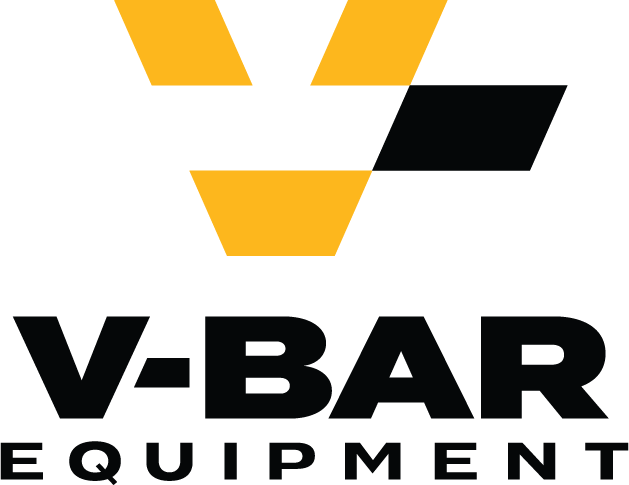Essential Safety Tips for Operating a Bobcat
June 16, 2023 8:53 pm Leave your thoughtsEssential Safety Tips for Operating a Bobcat
Operating a Bobcat, a versatile and powerful piece of equipment, comes with its own set of risks and challenges. Whether you are a seasoned operator or a beginner, it’s crucial to prioritize safety to prevent accidents and injuries. In this blog post, we will discuss some essential safety tips for operating a Bobcat.
1. Read the Manual and Get Proper Training
Before operating a Bobcat, it is essential to thoroughly read the operation manual provided by the manufacturer. Familiarize yourself with the controls, safety features, and maintenance requirements. Additionally, it is highly recommended to receive proper training from an experienced operator or enroll in a training program. Understanding the equipment’s capabilities and limitations will greatly reduce the chances of accidents.
2. Wear Protective Gear
Wearing proper protective gear is paramount when operating a Bobcat. This includes a hard hat, safety goggles or a face shield, ear protection, high-visibility clothing, steel-toed boots, and gloves. Additionally, consider using knee pads to protect your knees while entering and exiting the machine. These safety precautions will safeguard you from flying debris, noise, falls, and other potential hazards.
3. Inspect the Bobcat
Before starting the Bobcat, conduct a thorough inspection to ensure everything is in working order. Check for any visible damages, leaks, loose parts, or worn-out components. Pay close attention to the tires or tracks, hydraulic lines, lights, and mirrors. If you identify any issues, report them immediately and refrain from operating the Bobcat until the problems are resolved.
4. Secure the Work Area
Maintaining a safe work area is crucial when operating a Bobcat. Remove any obstacles such as rocks, debris, or construction materials that may impede your movement. Mark any hazardous areas, including ditches, underground utilities, or steep slopes. Ensure that the work surface is stable and can support the weight of the Bobcat. This pre-planning will prevent accidents and equipment damage.
5. Use Seat Belts and ROPS
Bobcats are equipped with Roll-Over Protective Structures (ROPS) designed to protect operators in the event of a rollover. Always wear the seat belt and keep it properly fastened while operating the Bobcat. The combination of ROPS and seat belts significantly reduces the risk of serious injury in case of a rollover incident.
6. Be Mindful of Overhead Hazards
When operating a Bobcat, be aware of overhead hazards such as low-hanging branches, power lines, or structural elements. Keep a safe distance from these objects to avoid accidents. Never assume that you are within a safe height range; always be cautious and maintain a proper clearance to prevent contact with overhead obstacles.
7. Operate at a Safe Speed
Maintaining a safe speed is essential for the safe operation of a Bobcat. Avoid sudden acceleration or abrupt stops, as these actions can lead to loss of control. Adjust your speed according to the terrain, load, and visibility conditions. Operating at a safe speed allows you to react promptly to potential hazards, ensuring your safety as well as the safety of others on the worksite.
8. Keep a Clear Line of Sight
Maintaining a clear line of sight is crucial to avoid accidents. Ensure that the windows, mirrors, and cameras of the Bobcat are clean and unobstructed. If necessary, use a spotter to guide you when navigating through tight spaces or areas with limited visibility. Be vigilant and continually scan your surroundings for potential hazards.
9. Follow Safe Loading and Unloading Practices
Loading and unloading materials onto a Bobcat can be potentially dangerous. Follow proper loading and unloading practices, such as securing the load, distributing the weight evenly, and keeping the load below the recommended capacity. Do not attempt to overload the machine, as it can compromise its stability and lead to accidents. Take your time and exercise caution during these processes.
Summary
Operating a Bobcat requires careful attention to safety to prevent accidents and injuries. By following these essential safety tips, you can minimize risks and ensure a safe working environment. Always prioritize proper training, wear appropriate protective gear, conduct regular inspections, and follow safe operating practices. Remember, safety should always be your top priority when operating a Bobcat or any other heavy equipment.
Working with V-Bar Equipment Company
If you’re looking for a used Bobcat, or other heavy equipment for your next job, you’ve come to the right place. Please stop by, browse our selection and talk to our knowledgeable staff today. We look forward to earning your business. We’ll go above and beyond to make sure you’re getting the equipment, parts and service you need to own and operate your skid-steer and other warehouse equipment safely and effectively. Contact us today to learn more about what we can do for you!
Categorised in: Heavy Equipment Safety
This post was written by admin
